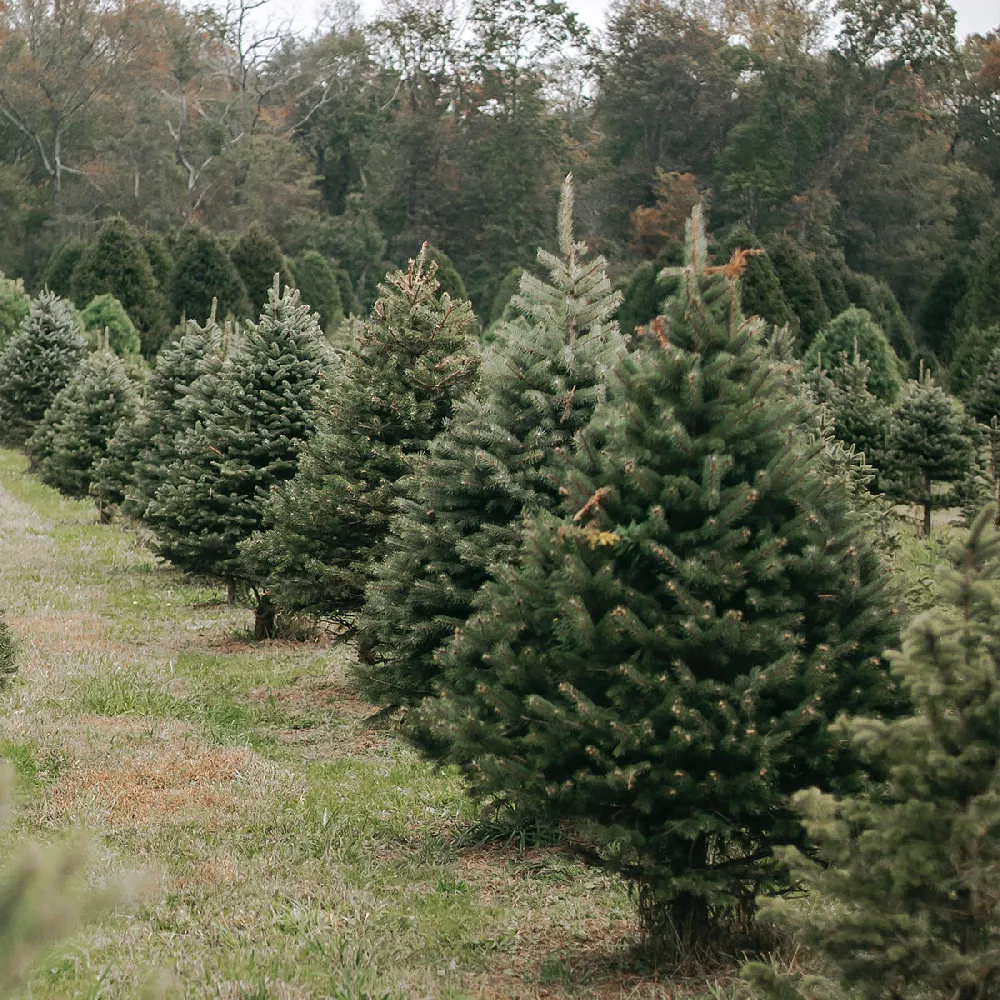- Home >
- Fir Trees
Fir Trees for Sale - Buying & Growing Guide
1 Results
Fir Trees – Buying & Growing Guide
The fir family, Abies, includes more than 40 species of evergreen native to North America, among other places. Often used for timber, they’re also excellent ornamental trees and serve as the quintessential Christmas tree. Shop our fir trees to find the best variety for your garden or landscape.
How to Plant Fir Trees
A well-planted fir tree will provide nearly carefree beauty for your garden. Site your tree where it gets full sun, six hours or more a day, in soil that drains well. The best time to plant is in late winter or early spring, as soon as you can work the soil. Wait for a windless day at least 30 degrees Fahrenheit.
Unpot your sapling ahead of time and tease out any encircling roots, which can girdle the tree and eventually kill it. Soak your tree’s roots in a bucket of water for a few hours before planting. Keep roots covered and moist until you plant them, wrapping them in damp burlap or another material that will keep them from drying out.
How to Grow Fir Trees
- When. Plant your fir trees in late winter before any sign of new growth on the tree.
- Where. Your fir tree needs a sunny spot in well-drained soil away from buildings and overhead wires.
- How. Dig a hole that’s twice as wide and deep as the root ball. Throw some top soil mixed with well-rotted compost or manure into the hole and place the sapling in it so the top of the root ball is at soil grade. Fill in with soil mixed with compost or manure, tamping down as you go. Water thoroughly when done.
How to Care for Fir Trees
- Watering and nutrients. After its first year, your fir tree won’t need supplemental watering unless you’re experiencing very dry conditions. Fertilize annually with a balanced fertilizer designed for landscape trees.
- Pruning. Fir trees need little pruning. If you see diseased, damaged, or dead limbs, cut them out. When the tree is young, you can do some minimal shaping to achieve a classic fir tree shape, if necessary.
- Pollination. As conifers, fir trees don’t have flowers. Instead, their cones produce pollen that’s distributed by the wind. The trees are monoecious, meaning that male and female plant parts occur on the same tree.

